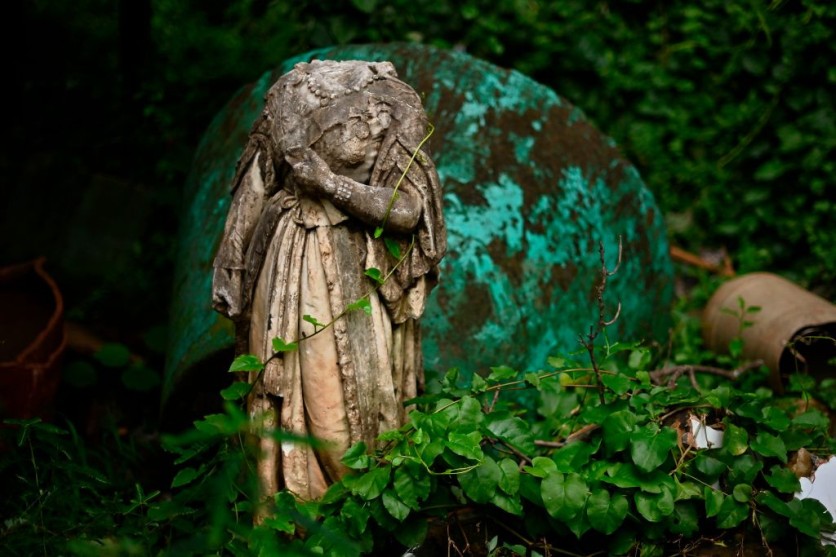The Mayan civilization has always drawn the interest of archaeologists due to its rich heritage. Experts refer to it as one of Mesoamerica's most dominant indigenous societies.
This interest drove a team of archeologists from Mexico's National Institute of Anthropology and History (INAH) to conduct excavations in the Puuc region of the Yucatán Peninsula, where they found a headless, headless, life-sized statue of a Mayan god, reported first by Heritage Daily.

Yum Keeb
The INAH team discovered a headless life-size Maya statue while excavating for the Maya Train, a 1,525-kilometer intercity railway in Mexico that would pass across the Yucatán Peninsula.
The statue, known as "Yum keeb" or the deity of the phallus or fertility, stands 1.65 meters tall and is made of limestone.
The statue was discovered lying on its back close to a stairway covered in hieroglyphs. The archaeologists believe that it may have been used as a sacrifice to the gods. They also said that the statue symbolizes a human who has been taken as a prisoner during the war.
Conflict among Maya cities was mostly done to expand one's political dominance or control over new lands and resources. The objective might have been to frighten competitors into submission and to legitimize the leader of a polity through sacrificing victims.
Only those considered high-status prisoners were sacrificed, while the lower-status ones became slaves, as per Heritage Daily.
Archaeologists from INAH also reported that more than 1,730 pre-Hispanic structures, ranging from basic household constructions to massive structures for civil and ceremonial activity, had been found during a survey that covered 254 kilometers.
The Oxkintok Site
The Oxkintok archaeological site is one of the most significant Mayan settlements due to its distinctive architectural style.
Ah-Dzib, Ah-Canul, and Ah-May, which appear to be Mayan family surnames, are the names of the three sections that make up this location, and these are believed to be the section heads.
The Early Classic and Terminal Classic periods (also known as the Middle Classic) marked when Oxkintok became a huge center for Mayan settlements. Inhabitants built enormous pyramids and adorned their cities with intricately crafted iconography and hieroglyphs.
Heritage Daily reports that inhabitants eventually fled from the city around AD 1500. But until now, the cause of Oxkintok's fall remains shrouded in mystery since there was no evidence of war or hunger found on the site that could explain why people abandoned the area.
Since evidence of its residents has been discovered dating back to well before our time, or approximately 1350, Oxkintok is regarded to have had one of the longest periods of habitation in Mayan history.
Related Article : Archaeologists May Have Found a 200-year-old Skeleton that Belonged to a Shipwrecked Sailor in Cornwall

ⓒ 2025 TECHTIMES.com All rights reserved. Do not reproduce without permission.




